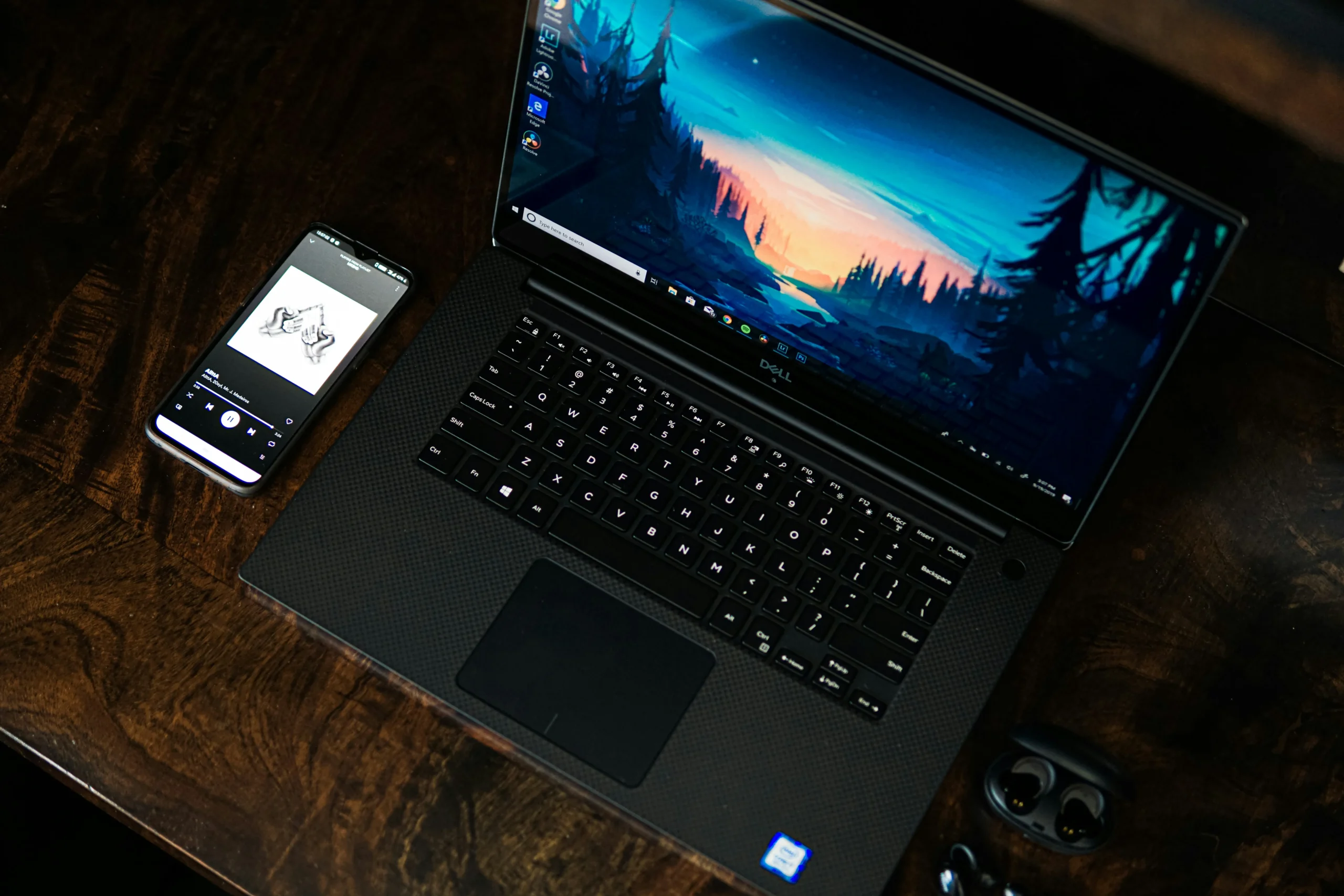
“Show, don’t tell.”
It’s a phrase we’ve all heard and in today’s visual-first world, it couldn’t be more relevant. Whether it’s a landing page, a blog post, or a digital ad, a strong visual can often say more than a paragraph ever could.
And if someone’s out there looking for the perfect image to drive home their point? There’s a good chance they’ll turn to stock photography.
Now here’s the good part: if you’re a photographer, designer, or even someone experimenting with AI-generated art, you could be the person supplying that image. Better yet, you could be earning passive income from it.
Wondering how you can turn your visuals into money? Let’s break down exactly how to make money selling stock photography.
Stock photography is a library of images (and sometimes videos or illustrations) that people can license and use for commercial, editorial, or personal projects. These images could be hosted on various platforms such Shutterstock, Adobe Stock, or iStock. Each time someone downloads your photo, you earn a commission.
The best part? You create once, and your image can keep earning forever. That’s what makes stock photography such a powerful passive income stream.
Let’s get into the practical steps that matter:
It’s tempting to upload your most artistic shots, be it sunsets, silhouettes, or experimental edits. But the best-selling stock images tend to be useful, not necessarily artsy. You also need to pay attention to the trends.
For example, people working (remote work, laptops, meetings) or new-age technology (cryptocurrency, AI) would be hot topics these days. On the other hand, lifestyle moments (friends, family, food), and abstracts and textures (backgrounds, patterns) are always in demand. You can also go for seasonal and event-based content (Holi, Christmas, Pride Month).
In short, spend some time browsing top-selling images on platforms for inspiration and understanding the gaps.

Where you upload the stock photography matters, especially in the beginning. Some platforms unlock massive reach, while others offer higher payouts.
The most popular stock photography platforms are:
Think of keywords as the search engine behind stock libraries. If you don’t label your photos right, nobody’s going to find them, irrespective of how good they are.
Tips for better keywording:
Pro tip: Some platforms offer AI-powered auto-tagging, or you could use an option like TagwithAI.

This is where most people drop off. They upload 10–15 images, don’t see results, and quit.
The truth is, stock photography is a long game. You might only get a few downloads in the beginning. But as your portfolio grows and as you get better at spotting what sells, your earnings compound.
Treat it like planting seeds. Consistency matters more than getting everything perfect.
AI-generated art is shaking things up. And before you ask, yes, it can be sold as stock, depending on the platform.
Tools like Midjourney, DALL·E, and Adobe Firefly are being used to create visuals for tech, fantasy, and futuristic themes that are harder to photograph.
However, you need to:

Do:
Don’t:
Stock photography won’t make you rich overnight. But with patience, smart keywording, and a growing portfolio, it can become a reliable stream of passive income.
More importantly, it’s a way to monetize your creativity whether you shoot with a camera, draw on an iPad, or explore the possibilities of AI art.